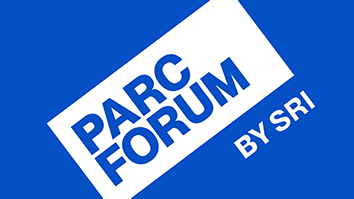Citation
Goonawardena AV, Morairty SR, Orellana GA, Willoughby AR, Wallace TL, Kilduff TS (2019). Electrophysiological Characterization of sleep/wake, Activity and the Response to Caffeine in Adult Cynomolgus Macaques (2019). Neurobiol Sleep and Circadian Rhythms 6: 9-23.
Abstract
Most preclinical sleep studies are conducted in nocturnal rodents that have fragmented sleep in comparison to humans who are primarily diurnal, typically with a consolidated sleep period. Consequently, we sought to define basal sleep characteristics, sleep/wake architecture and electroencephalographic (EEG) activity in a diurnal non-human primate (NHP) to evaluate the utility of this species for pharmacological manipulation of the sleep/wake cycle. Adult, 9-11 y.o. male cynomolgus macaques ( n = 6) were implanted with telemetry transmitters to record EEG and electromyogram (EMG) activity and Acticals to assess locomotor activity under baseline conditions and following injections either with vehicle or the caffeine (CAF; 10 mg/kg, i.m.) prior to the 12 h dark phase. EEG/EMG recordings (12-36 h in duration) were analyzed for sleep/wake states and EEG spectral composition. Macaques exhibited a sleep state distribution and architecture similar to previous NHP and human sleep studies. Acute administration of CAF prior to light offset enhanced wakefulness nearly 4-fold during the dark phase with consequent reductions in both NREM and REM sleep, decreased slow wave activity during wakefulness, and increased higher EEG frequency activity during NREM sleep. Despite the large increase in wakefulness and profound reduction in sleep during the dark phase, no sleep rebound was observed during the 24 h light and dark phases following caffeine administration. Cynomolgus macaques show sleep characteristics, EEG spectral structure, and respond to CAF in a similar manner to humans. Consequently, monitoring EEG/EMG by telemetry in this species may be useful both for basic sleep/wake studies and for pre-clinical assessments of drug-induced effects on sleep/wake.


